Meet Dr. Roger Lee Mendoza | Economist and Business professor


We had the good fortune of connecting with Dr. Roger Lee Mendoza and we’ve shared our conversation below.
Hi, Dr. Roger, as a parent, what do you feel is the most meaningful thing you’ve done for your children?
I would say impressing on them the importance of consciously balancing work and leisure in setting priorities and goals, and seeking to achieve them. I tutored my two children from the time they started school until college, and did my best to show them, by example, the value of education, hard work and determination, and achievement. And at every opportunity, I tried to relate these values to identifying what might particularly interest them and also how these could lead to their choice of careers. Yet, I also spent much time just hanging out with them, going on field trips and vacations, and helping them prepare for extracurricular activities and social events. I played with them and their classmates, neighbors and other friends in our backyard and elsewhere. And I never missed going to any of their PTA meetings, school performances, and sports events. I would often tell them on these occasions to “enjoy the show!” I firmly believe in the ideal of mens sana in corpore sano (a healthy mind in a healthy body) which a balance of work and play helps achieve. And while there are attendant challenges and opportunities, I think that striving for a balance of work and play can be a win-win situation for parents and children alike. Well, I guess you can tell the economist in me.
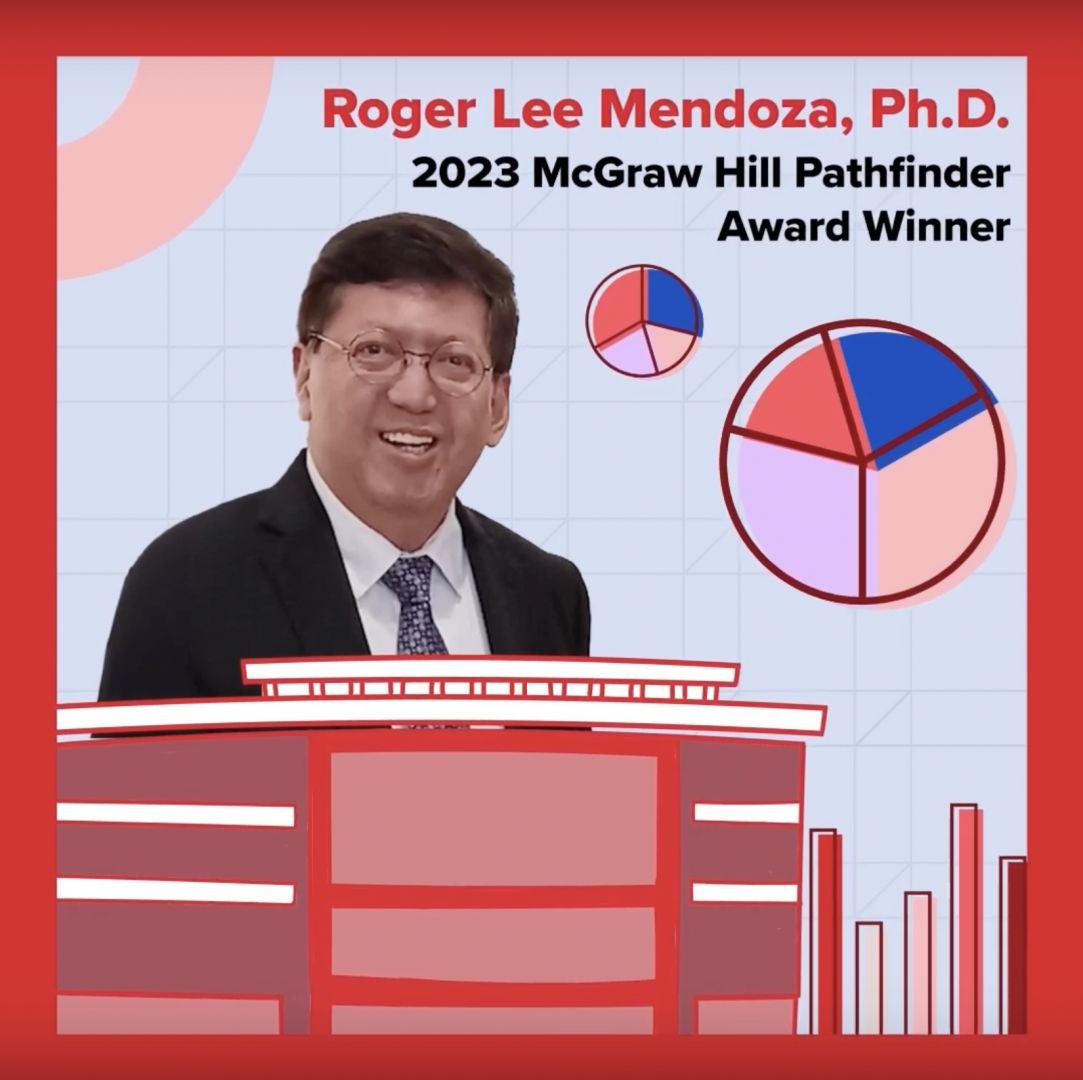
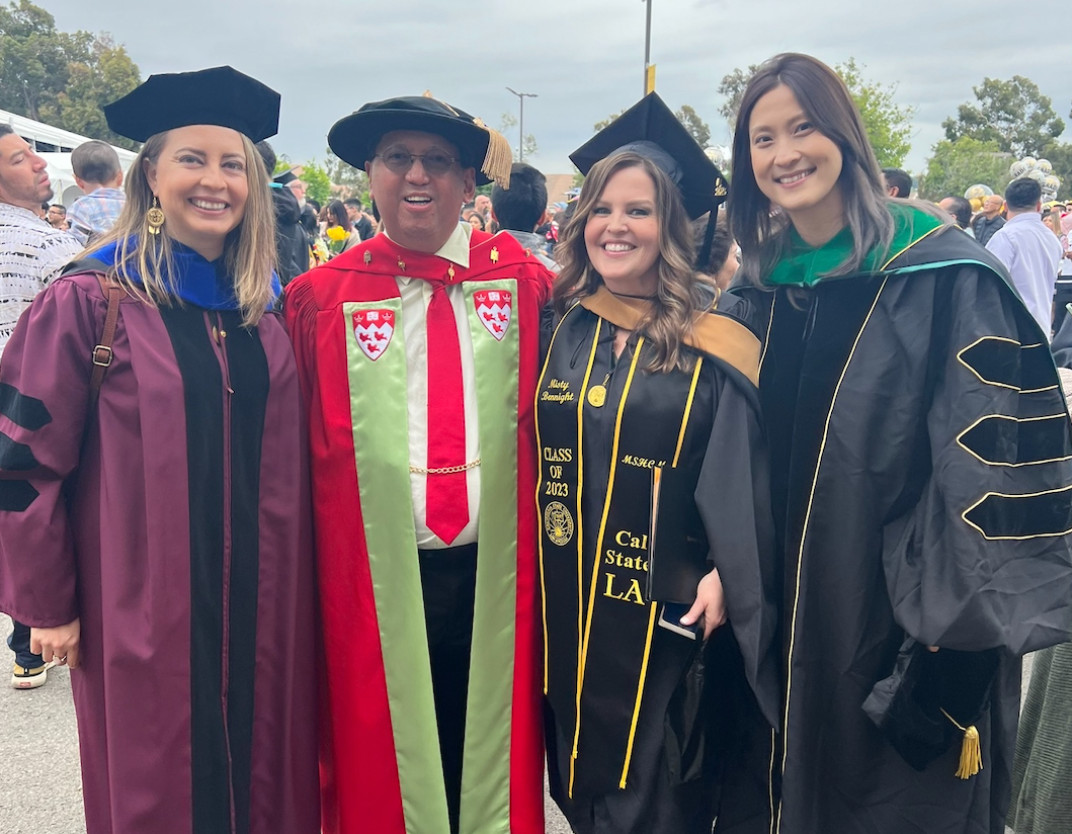

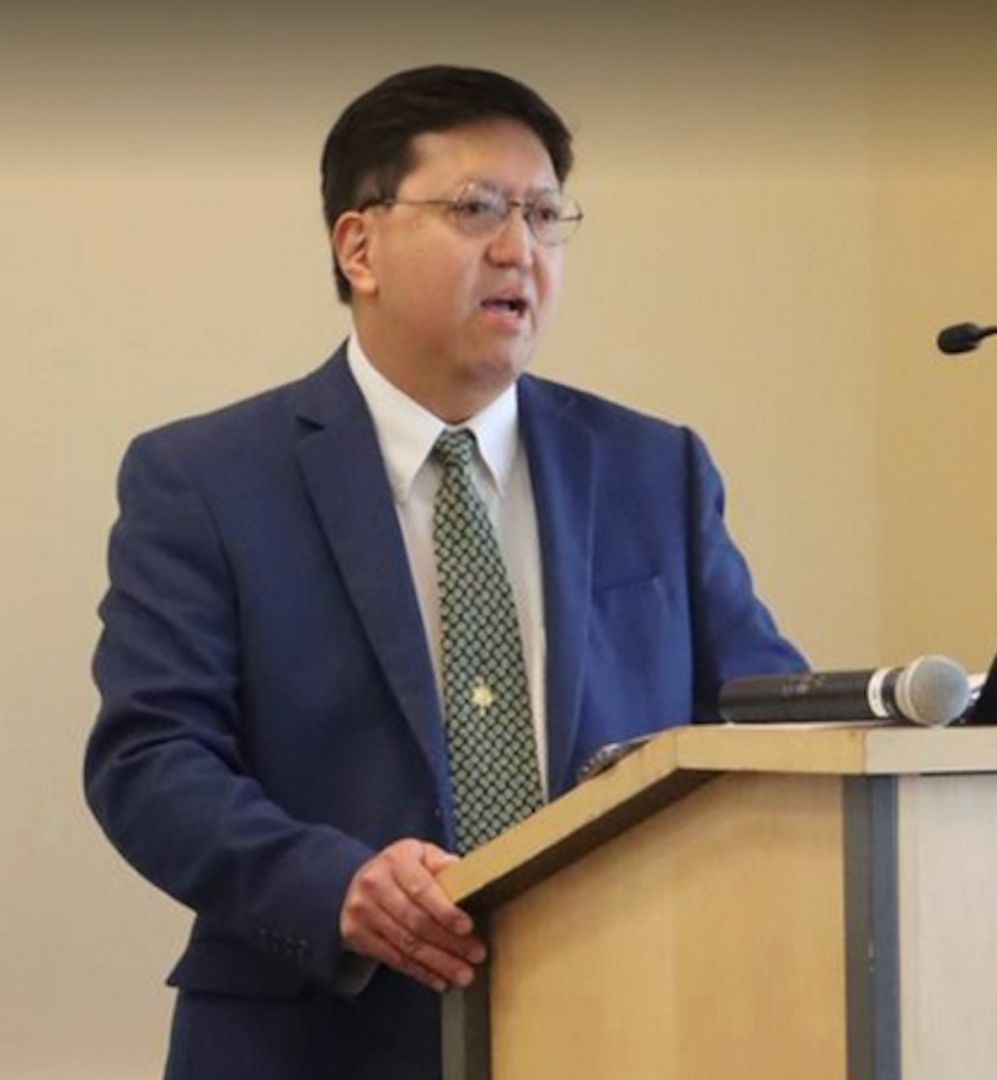
Let’s talk shop? Tell us more about your career, what can you share with our community?
I am a professor of Business in the College of Business and Economics of California State University in Los Angeles (Cal State LA). Trained as an economist, I bring the economist’s tool kit to strategies and policies that shape healthcare in particular. I teach, publish juried research, and do industry consulting in several intertwining areas of health economics and management. These include healthcare finance, risk and insurance management, pharmacoeconomics, outcomes valuation, and healthcare regulation. Specifically, I investigate how healthcare payers respond to financial risks and incentives, particularly in terms of healthcare product design and development, market positioning, pricing decisions, insurance competition, and government intervention in healthcare markets. In this sense, my work evaluates the role of market power in affecting efficiency, value, and distributional outcomes in the production, utilization, and regulation of healthcare goods and services. My research work has been published in leading healthcare business and economics journals.
I studied at the University of the Philippines, McGill University, and the University of Pennsylvania. I also spent a (memorable) six-week summer term studying financial economics as a summer exchange student at the University of London’s Imperial College (now a separate academic institution) in England. Scholarships, fellowships, research grants, and other competitive awards allowed me to do my graduate studies in these countries.
I joined Cal State LA as a full-time faculty member in 2019, after spending some time in private industry as actuarial director in employee benefits and insurance firms, although I continued to teach part-time. I have worked in corporate, government, not-for-profit, and academic institutions, including in a consulting capacity to insurance and law firms.
In May 2023, I was selected as one of the top three professors in the U.S. for the McGraw-Hill teaching excellence award which honors teaching innovation and inventiveness. This followed a seven-month long search, nomination, and selection process, for which hundreds of professors in all fields of study and from over 200 universities nationwide were considered. My published research has also ranked me among the top scientists worldwide in my field. The mayor and city council of Burbank, the Los Angeles County Board of Supervisors, and L.A.’s own mayor and city council each honored me with various commendations and awards.
I like to be active in student life, especially extra-curricular activities, which I find very helpful in getting to know students better, including their changing lifestyles, preparation for and expectations about classroom learning, and thought processes. This is particularly important in my field because we educate and prepare today’s students to become tomorrow’s business leaders (in my case, healthcare business leaders). I serve as faculty adviser of student academic and socio-cultural organizations and faculty officer of international honor societies on campus.
I also have plenty of non-academic interests. My sports are mainly swimming and tennis. Doubtless, California weather is conducive to these sports. Chess remains my favorite indoor sports or hobby. I collect antique American art and furniture dating before 1776, or what collectors refer to as the colonial period in U.S. history. I also love dancing. As a matter of fact, I do find many dance steps (and side steps) quite valuable in teaching and learning key areas of finance and insurance management (my academic specialties).
Traveling is something that I also very much enjoy. I find that it considerably broadens one’s perspective in life. I have traveled to 41 countries and lived (and studied) in four of them. Along the way, I gained fluency in four languages: English, Spanish, Filipino, and French. Travel blends with my abiding personal interest in world history and cultures.
Could you please share some key lessons you’ve learned in your long, productive, and distinguished career that you just described?
One important thing I have learned over the years from teaching, research, and extracurricular involvements as well as travel is that competition is an innate human instinct which, at bottom, is about our quest for truth. We approach questions and challenges we face daily from different problem-solving and decision-making perspectives in our search for the right or best answers, but in doing so we also discover that truth is both symmetrical and angular. Symmetrical in the sense that we all seek to achieve relatively similar ends in addressing the same problem or issue, as we try to compete against each other over scarce resources, and no resource is infinite (for example, the most cost-efficient way of allocating healthcare dollars or the least painful trade-off between increased healthcare access by disadvantaged groups and increased healthcare spending). But truth is also angular or multi-dimensional. We strive to find or discover the right or best way of doing things based on our own personal relationships, education and training, work and other experiences, influences, and even biases or subjectivity. And because the quest for truth is both symmetrical and angular, it is provisional in nature. And that is what I think makes it equally attractive and disturbing to the human competitive experience.
And related to this is the complexity of the human personality and, by logical deduction and extension, our social problems, even if they may be bound by time and space. I have learned over time and from many different cultures that people consider choices and alternatives available to them based on many things, not just the economic incentives and disincentives that they have. That is to say that I view the individual not just as a rational decision-maker. We cannot understand or solve the problems of human association (for example, in school, at work, in personal or family relationships) until we examine people’s hopes, passions, fears or anxieties, and prejudices. And that I believe helps make for the diversity of the human competitive experience, and the overall human experience.
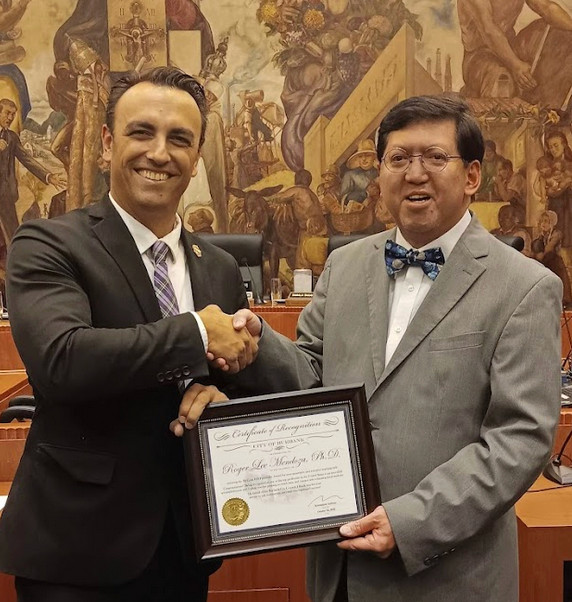
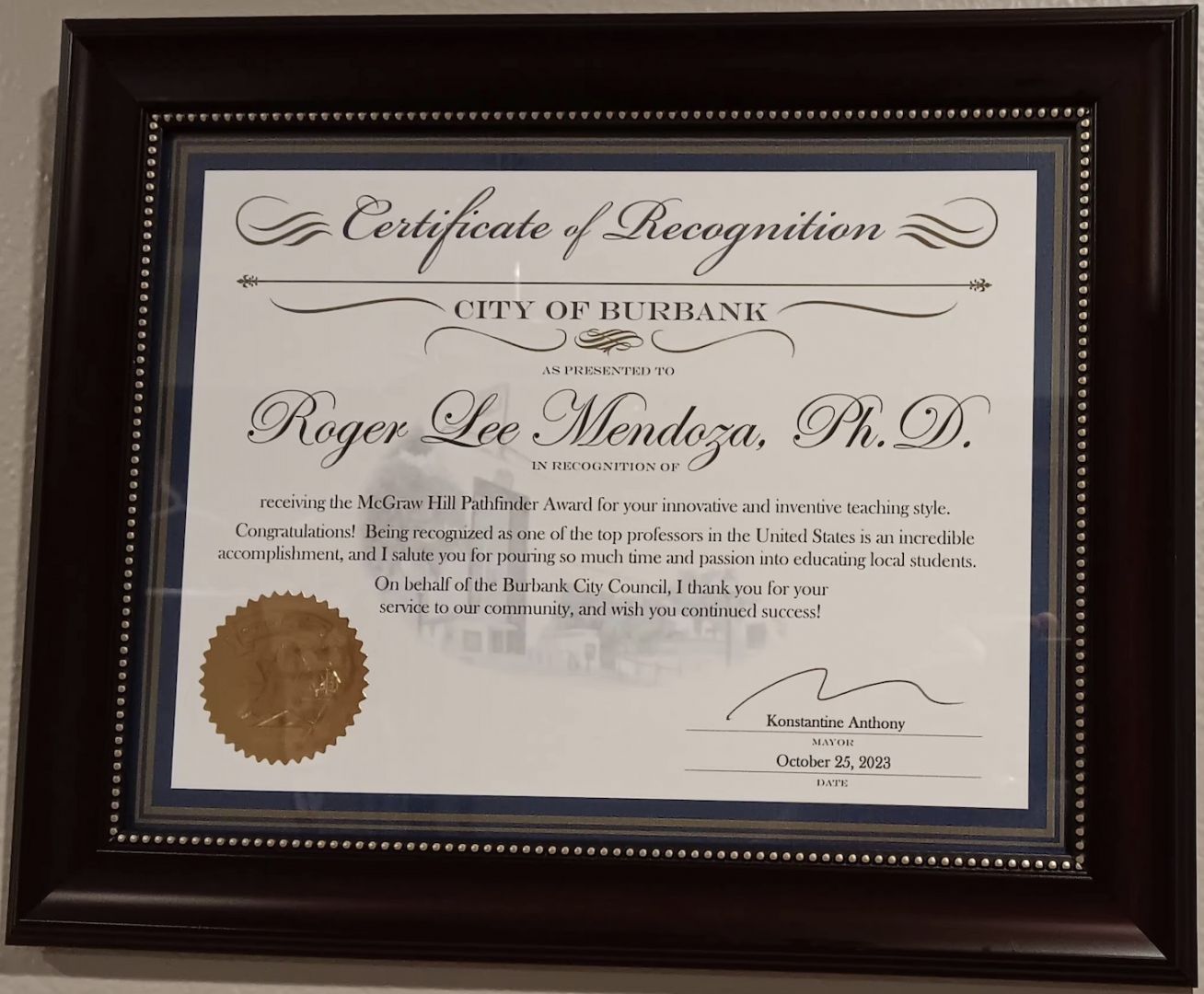
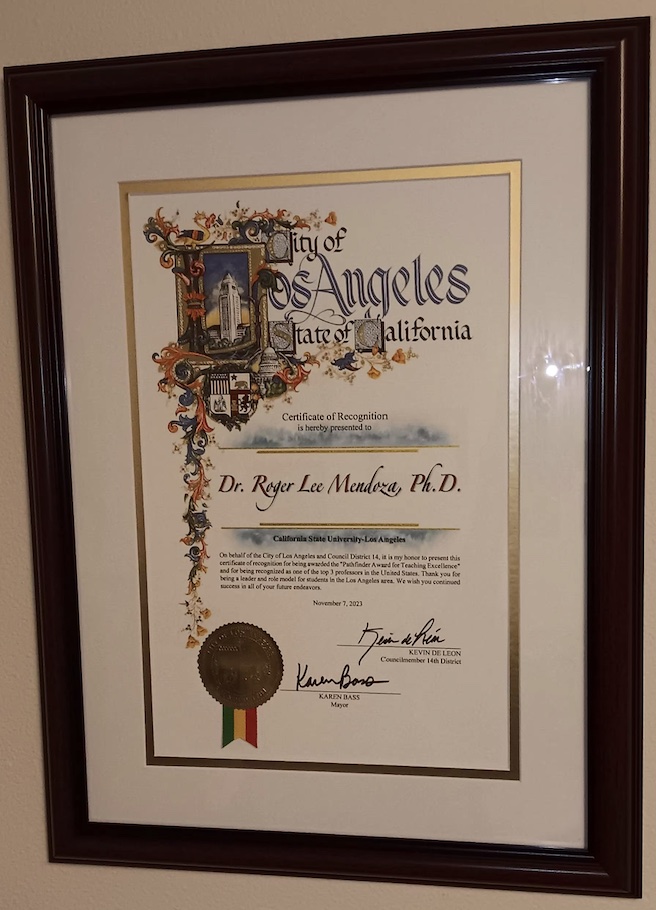
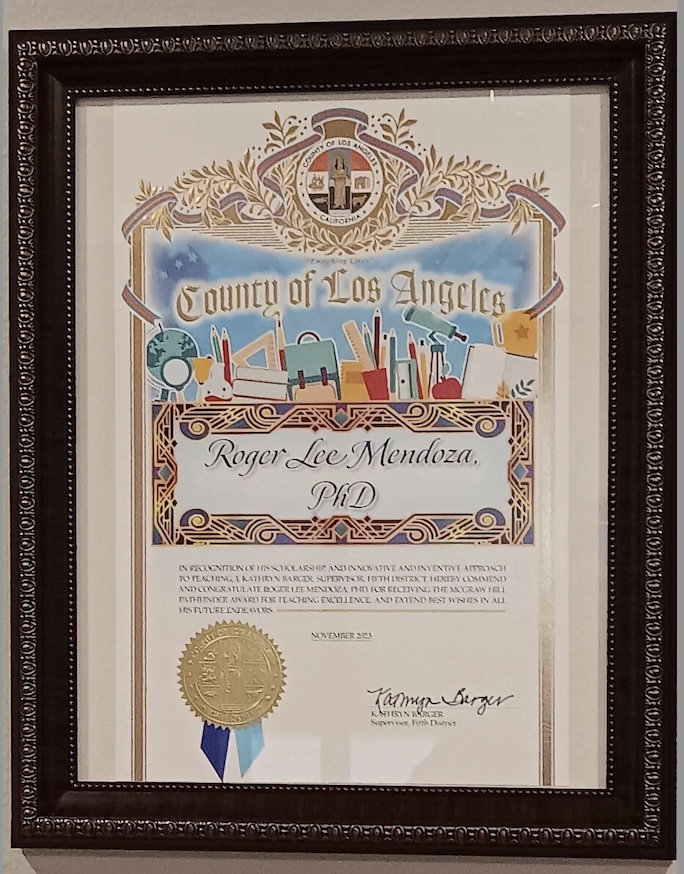
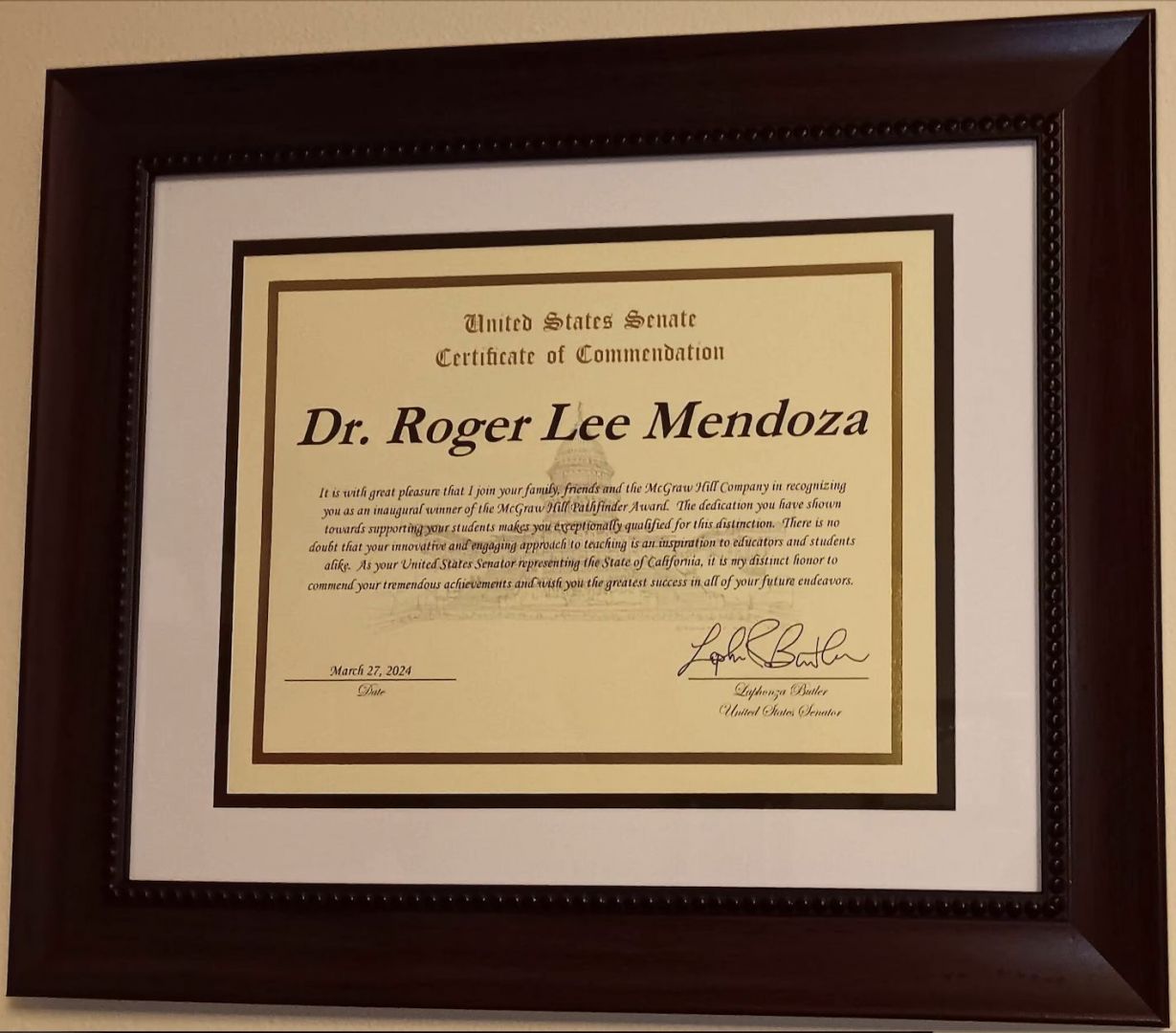
Any places to eat or things to do that you can share with our readers? If they have a friend visiting town, what are some spots they could take them to?
I like your multi-faceted questions. Well, I lived in the East Coast for almost 30 years before moving to L.A. to accept the professorial offer of Cal State LA five years ago. So L.A. is now home to me, and I just love living here, and pursuing my academic and other interests from here. L.A. has plenty of iconic places that visitors to this city yearn to see: Hollywood, Warner Bros., Universal Studios, the Disney Studios, Beverly Hills, Rodeo Drive, the Getty Museum, Griffith Observatory, Dodger Stadium, Santa Monica, Venice Beach, Malibu, Chinatown and Alhambra, among others. I would bring family and friends to all these places if time permits during their visit.
But there are a lot more to see that many people may not know or think of while visiting L.A. For instance, Burbank has several equestrian centers and studio horse rentals where one could go horseback-riding on nature trails, the beach, and all the way up the Hollywood sign. That peak offers a breath-taking, panoramic view of the city. The Descanso Gardens is another less known site and features a wide picturesque area, mostly forested, with streams, ponds, and lawns. I would also say that a museum hop on Miracle Mile and a foodie’s trip to the Farmer’s Market are each a must-do in L.A.
And as one faculty member who likes dining out, I can tell you that many of L.A. County’s major universities, including Caltech, UCLA, USC, the Claremont Colleges, even Cal State LA, are located in areas like Old Town Pasadena, Westwood, or Downtown LA, or the Claremont historic center where you’ll easily find within walking distance or a five-minute drive many fine, and also unique, dining and shopping places. Best to just explore around!
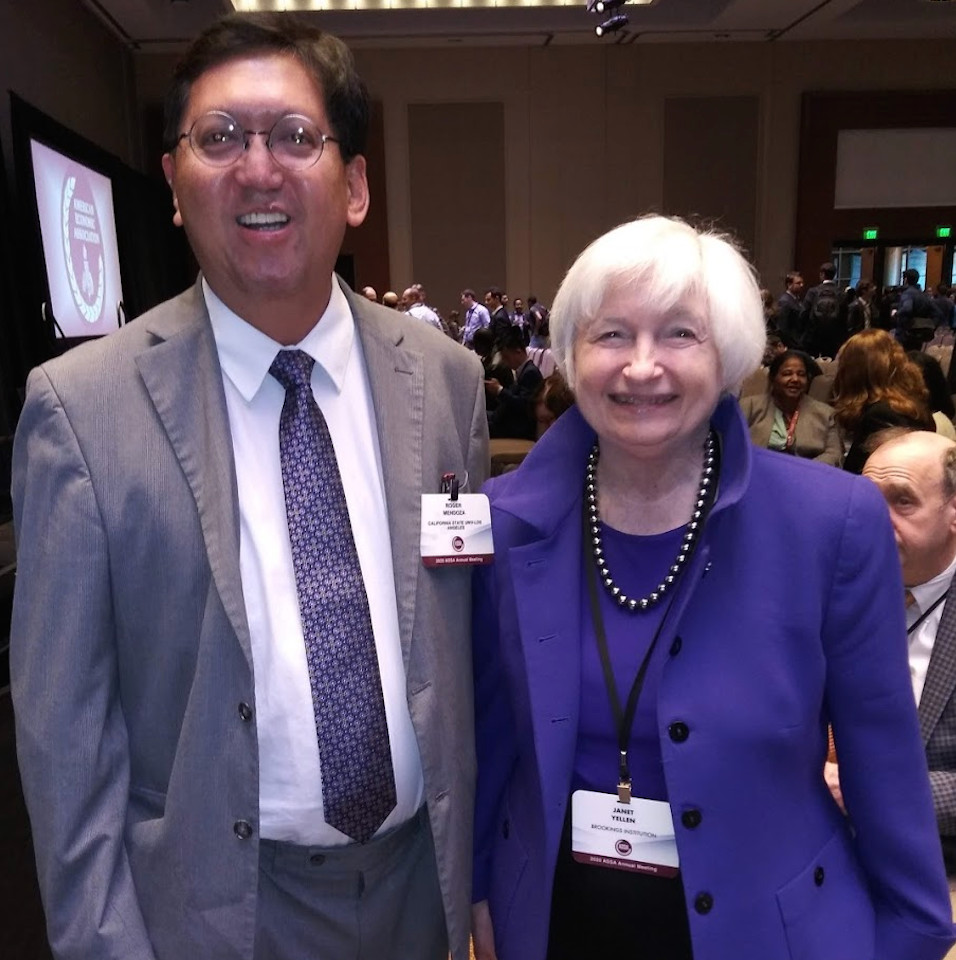
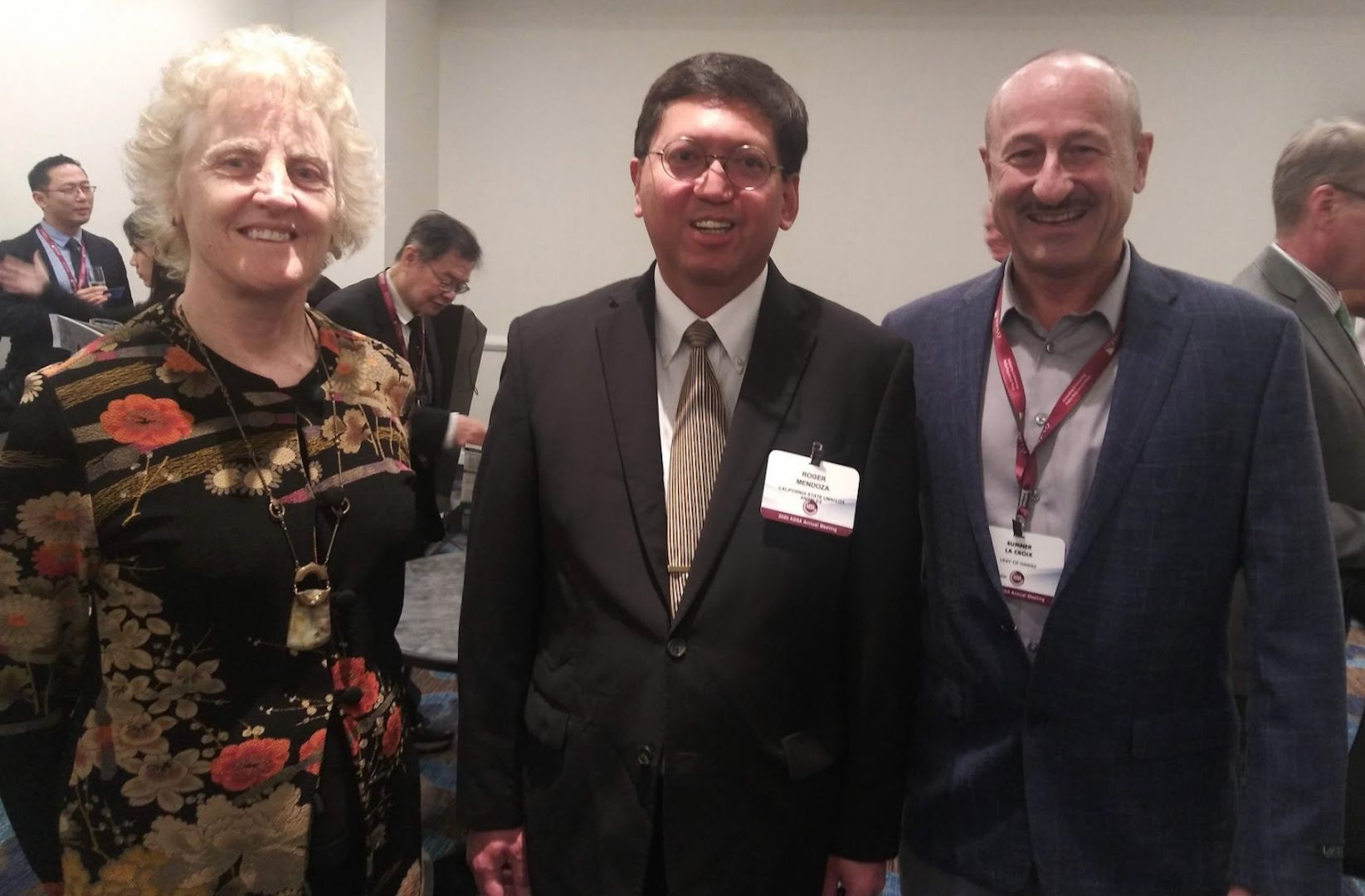
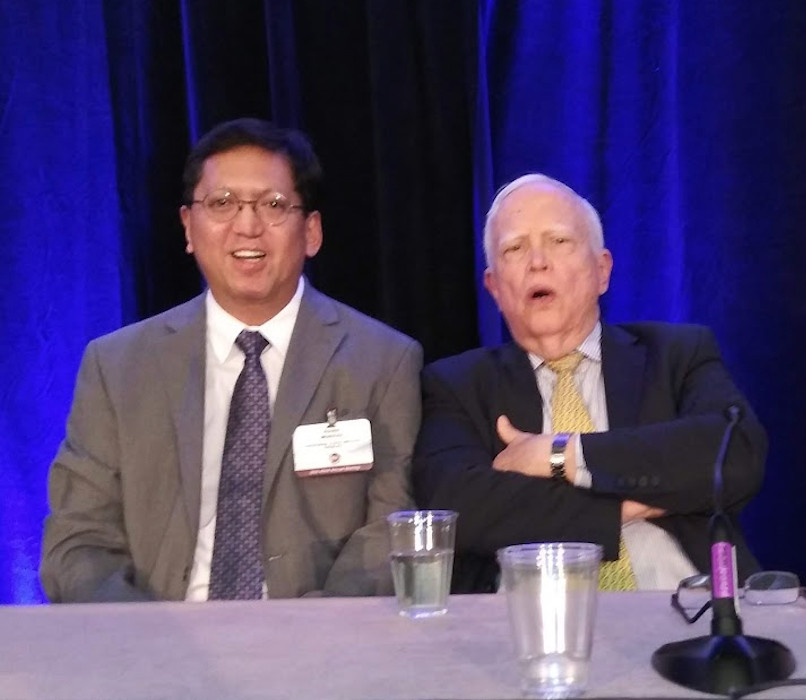
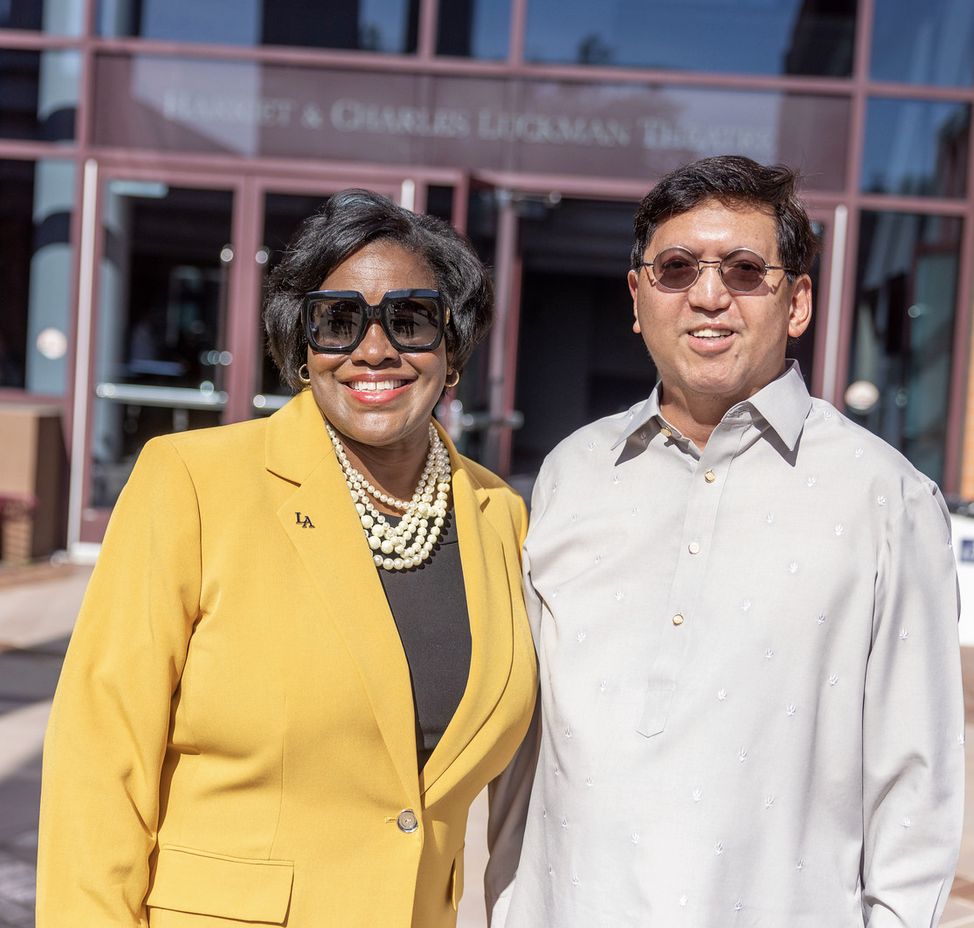
Linkedin: https://www.linkedin.com/in/rogerleemendoza/
Twitter: https://twitter.com/MHEducation/status/1701645647462482117
Youtube: https://www.youtube.com/watch?v=lEZdb_d7-xo
Image Credits
Classroom photo credit: Laura Lopez. The rest are the interviewee’s photos.
